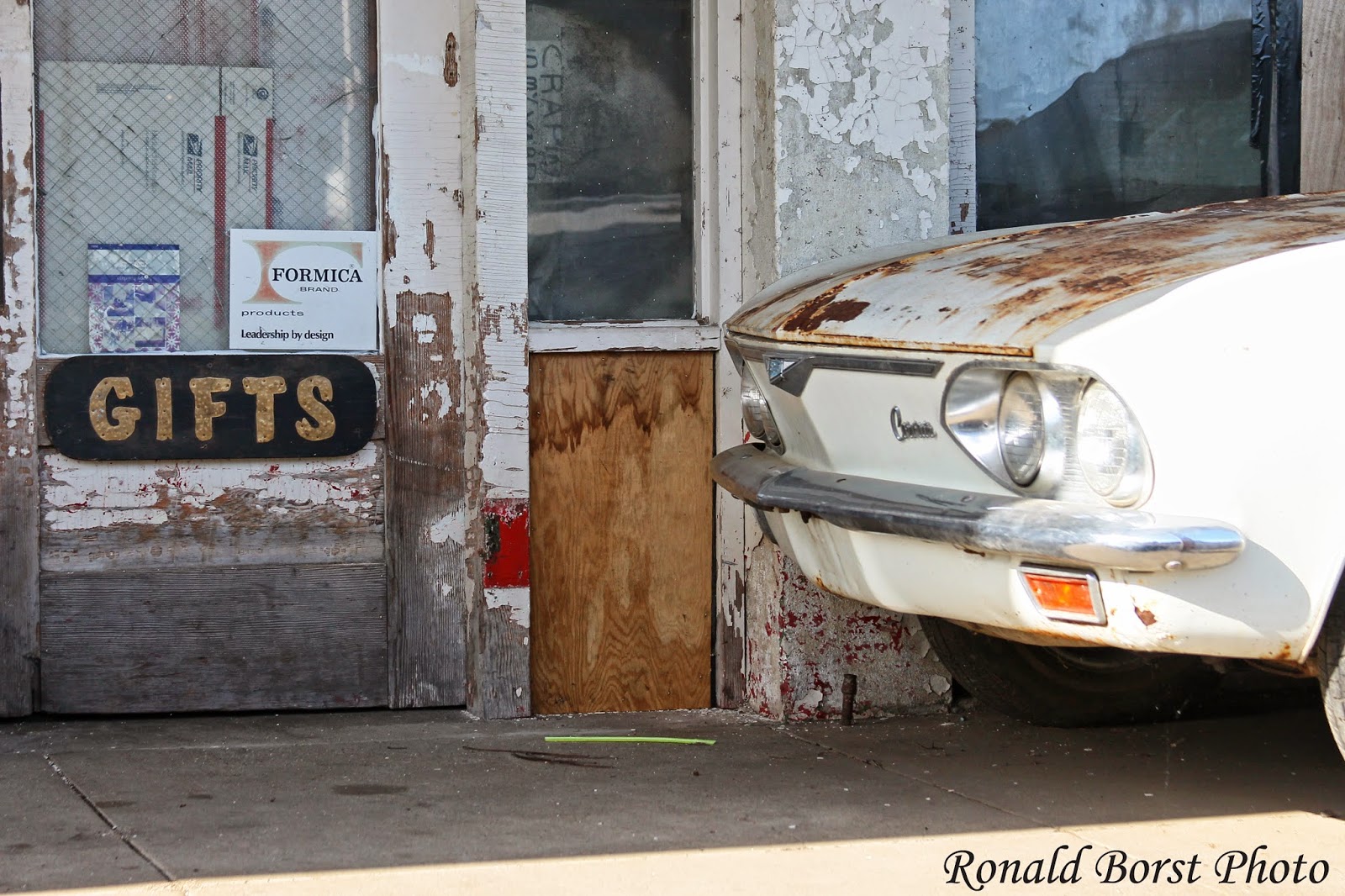Everybody has a decent camera these days. Even my cheapish($60) smartphone takes good photos, albeit only in good lighting circumstances.
But in general, phone photography is a blurred landscapes of garbage selfies. The digital age has brought camera prices and technology to the everyday person. Mirrorless point & shoot cameras are approaching profession grade quality, and single lens reflex technology has brought prices in to the affordable range for many on a fixed income.
There is one glaring aspect of this affordability: Too many camera owners shoot in "Auto" Mode.
Full Auto Mode on the Canon cameras that I own is the easy way to shoot a DSLR camera. Follow the following tips to get out of Auto Mode and in to some fabulous photography. It won't be that hard, I promise.
Tip # 1
Set the camera's metering to "Center-Weighted." This means that the camera will find the center and focus accordingly. Going to half-shutter, getting focus, and then re-composing the frame is how I get faces focused and bodies offset in the frame.
Tip # 2
Set the camera's White Balance to Auto. The camera has a pretty good idea of the light, whether it is sunlight or indoor lighting. Until we learn how to get good photos, there is no sense in learning the finer points of light color.
Tip # 3
ISO is the International Standards Organization and film speed as it relates to the digital age. It is a measurement of light sensitivity. Avoid ISOs above 1600. In daylight sunny conditions, ISO 100 to 400 is the norm. Cloudy and indoor shooting requires an ISO of 800 to 1600 if flash is not used.
ISOs above 2500 should be reserved for very dark conditions and grainy monochrome photos.
Tip # 4
Shutter Priority is mostly what I shoot in. I am often on the move, whether in the street or in the wild. And generally that means that I have decent daylight conditions to shoot in. Fast shutters are a priority for crisp photos, and daylight provides decent apertures for fast shutters.
Tip # 5
Aperture Priority is for two kinds of shooting, outdoors and depth-of-field(DOF). The aperture is a diaphragm in the lens that opens to let light in. An open aperture creates a thin depth-of-field, use this function to isolate subjects and blur backgrounds.
A pinhole aperture creates a robust DOF and therefore is good for deep scenes such as landscapes.
Tip # 6
Program Mode is a great function to learn on. Or lean on, for that matter. In this mode, the camera sets the Shutter and Aperture. When using this function, be sure to analyze the EXIF data to see how the shutter and aperture interact.
Tip # 7
Focus options are simple. "One-Shot" is for portraits or static scenes. "AI Focus" is also for scenes that are static, but in this mode the shutter fires and stays focused on the scene. "Servo" mode is for moving targets, and in this mode, the camera will track that motion and continually focus.
Tip # 8
"Picture Style" is also easy to set-up on your camera. "Standard" is the best and most accurate mode. "Portrait" will bring out faces and skin tones. "Landscape" will saturate greens and blues. Stay away from "Neutral" and "Faithful," as these require advanced editing techniques. "Monochrome" is for black and white photography.
Tip # 9
The view-finder is your friend, and to take advantage of this good friend, we need to examine the information in the view-finder during every shot. Is the shutter fast enough? Is the aperture correct? How is the photo framed? Is our ISO related to our light conditions? And finally, at half-shutter, is the light-meter balanced? Use this valuable information as you compose your photo. The results will speak for themselves.
Tip # 10
Just go shoot! Experience is the most worthy tool a photographer can possess.
Subscribe to:
Post Comments (Atom)
-
Fish on! Coffee burbling, tackle boxes closing, boat trailers hitching... The sounds of summer abound, like children running wild in the...
-
It is Albany, Oregon. Quiet, quaint, and suspiciously asking for twenty-five million bucks to build a new police station. Albany's Polic...
-
Although many would prefer to teach a beginning steelheader(or salmoner) the "drift-fishing" tactic of bouncing lead and lure alon...

















This comment has been removed by the author.
ReplyDeleteThis comment has been removed by a blog administrator.
ReplyDelete